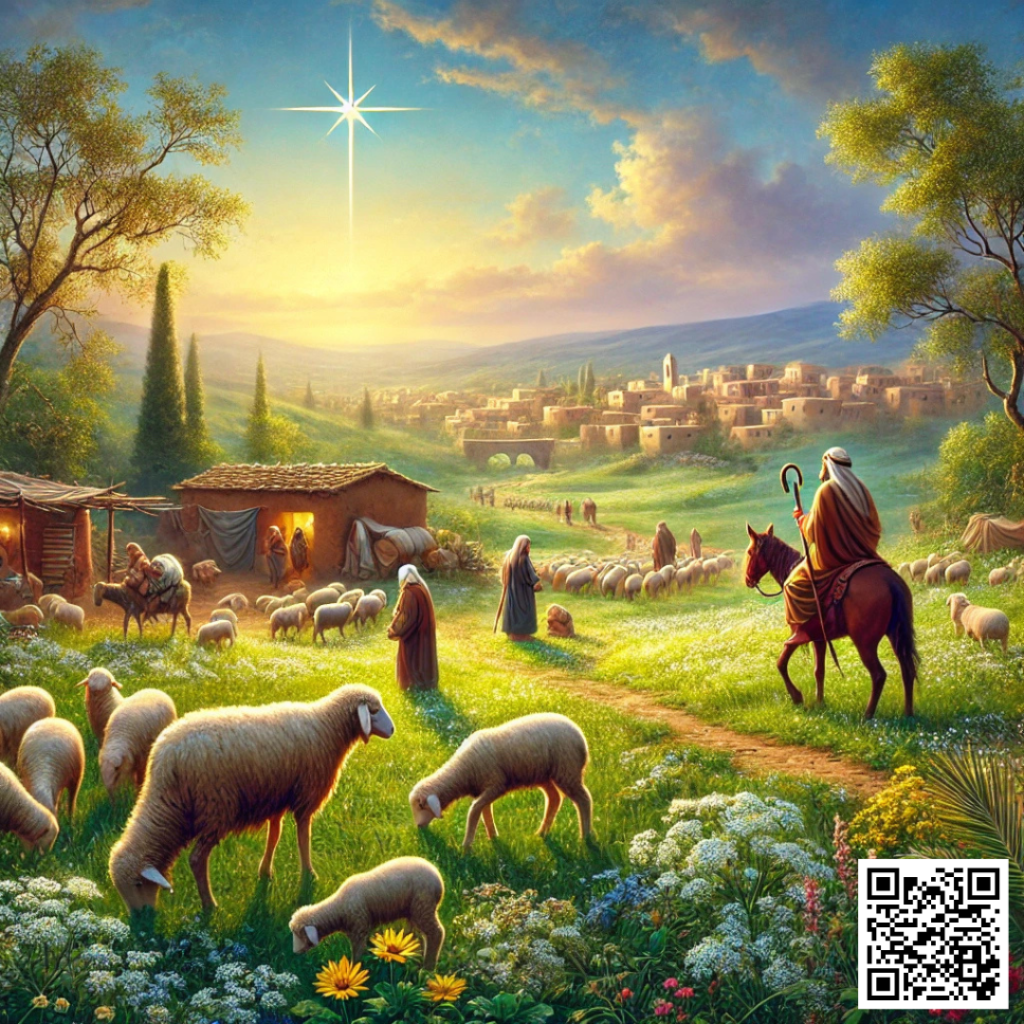Was Jesus Born in December? Let’s Explore the Facts
If you’ve ever sung “Silent Night” while sipping hot cocoa by the fire, you’ve likely pictured baby Jesus lying in a manger on a cold December evening. It’s a comforting and iconic image, but here’s a little-known bit of trivia: scholars and historians widely agree that Jesus probably wasn’t born in December. Evidence suggests that the Savior of the world made His earthly debut in early spring — possibly in April.
Curious? Let’s dig into the fascinating details behind the story we’ve told for centuries.
Shepherds, Stars, and Springtime
The Gospel of Luke offers one of the most beloved accounts of Jesus’ birth, complete with shepherds watching their flocks by night (Luke 2:8). While this detail sounds cozy in a Christmas carol, it’s not what you’d expect during the cold, rainy winter months in Bethlehem.
In first-century Judea, shepherds typically kept their flocks outdoors during lambing season, which falls in the spring. By December, sheep would have been corralled for the colder months. This seemingly small clue nudges the Nativity story out of winter and into the temperate days of spring when lambs were born — an image rich with symbolism, given Jesus’ title as the “Lamb of God.”
Then there’s the famous Star of Bethlehem. Modern astronomers have examined celestial events around 6 to 4 BC, the period most historians associate with Jesus’ birth. Some suggest that a rare planetary alignment or other astronomical phenomena could explain the star that guided the wise men. Interestingly, many of these alignments occurred in springtime, providing another nudge toward an April birthday.
A Census and a Festival
The timing of the Roman census mentioned in Luke’s account also raises questions about a December birth. The census, decreed by Caesar Augustus, required people to return to their ancestral towns to register. For Joseph and Mary, this meant traveling from Nazareth to Bethlehem — a challenging journey under any circumstances, particularly during the chilly winter season.
A spring census would have been more practical, as travel was easier in temperate weather. Some scholars even suggest the census may have aligned with Passover, a major Jewish festival in spring. This would explain why Bethlehem was so crowded, forcing Mary and Joseph to seek shelter in a stable.
So, Why December 25th?
If Jesus wasn’t born in December, why do we celebrate His birth on the 25th? The answer lies in history and symbolism rather than biblical accuracy.
In the 4th century, early Christians decided to commemorate Jesus’ birth on December 25th, aligning it with Roman pagan festivals like Saturnalia and Sol Invictus (the Feast of the Unconquered Sun). These festivals celebrated the winter solstice, when the days began to grow longer. For Christians, this timing held powerful symbolism: Jesus, the “Light of the World,” was born to dispel the darkness of sin.
This clever overlap helped early Christians celebrate Christ’s birth while easing the transition from pagan traditions to Christian worship. It wasn’t about accuracy — it was about meaning.
A Fun Fact for Writers
This tidbit opens up a world of creative possibilities for writers crafting Christmas stories or historical narratives. Imagine setting a Nativity story in April, with blooming flowers and bustling springtime crowds rather than snowy hillsides. Or use the December 25th date as a plot device, showing how early Christians blended traditions to shape modern holiday celebrations.
This trivia also invites readers to think about how stories evolve. The tale of Jesus’ birth, from its original setting to its modern-day traditions, is a perfect example of how cultural narratives adapt to reflect values, customs, and symbolism.
Why It Doesn’t Really Matter
Ultimately, whether Jesus was born in April, December, or any other month isn’t the point. The celebration of His birth centers on the message of hope, love, and redemption that transcends any calendar date. The Nativity story, with its shepherds, angels, and guiding star, resonates because of its themes, not its timeline.
Still, it’s fun to imagine springtime in Bethlehem — shepherds watching lambs in the open fields, Mary and Joseph marveling at a star-filled sky, and the quiet beauty of new beginnings.
Your Turn to Explore
If this little bit of Christmas trivia has sparked your curiosity, why not dive deeper into the history of holiday traditions? Or, if you’re a writer, consider how this newfound knowledge could inspire your next story. After all, a fresh perspective on an age-old tale is one of the best gifts you can give your readers.
Let us know: Did you know about the springtime theory? How will this fun fact change how you think about the Nativity story? Share your thoughts in the comments!
We Don’t Want to Write the Laws; We Want to Publish the Books
Publication Consultants: The Synonym for Book Publishing — https://publicationconsultants.com/why-shepherds-and-stars-suggest-jesus-was-an-april-baby/


